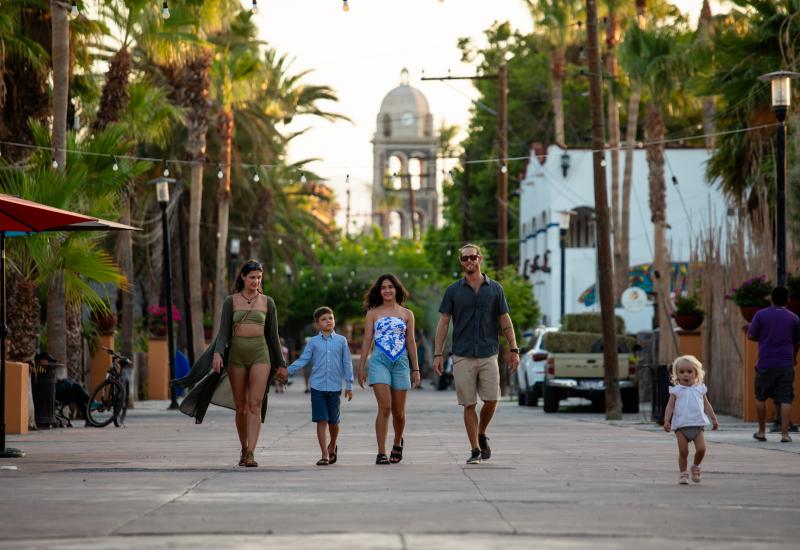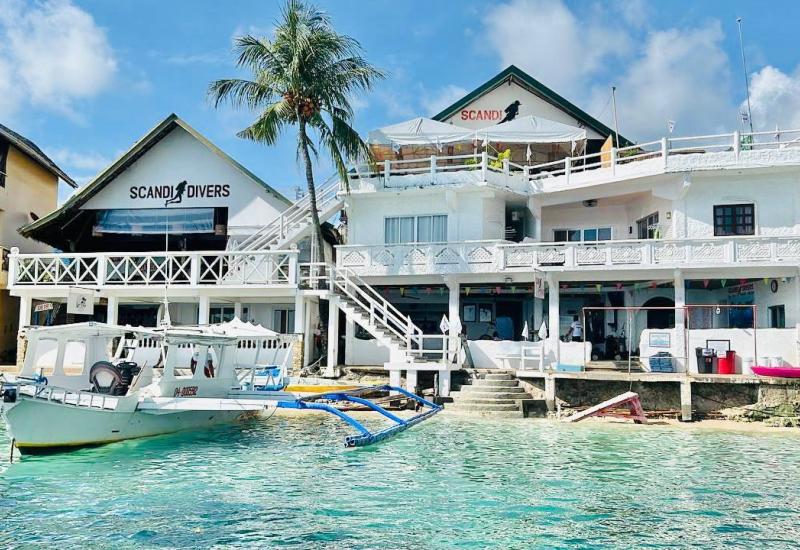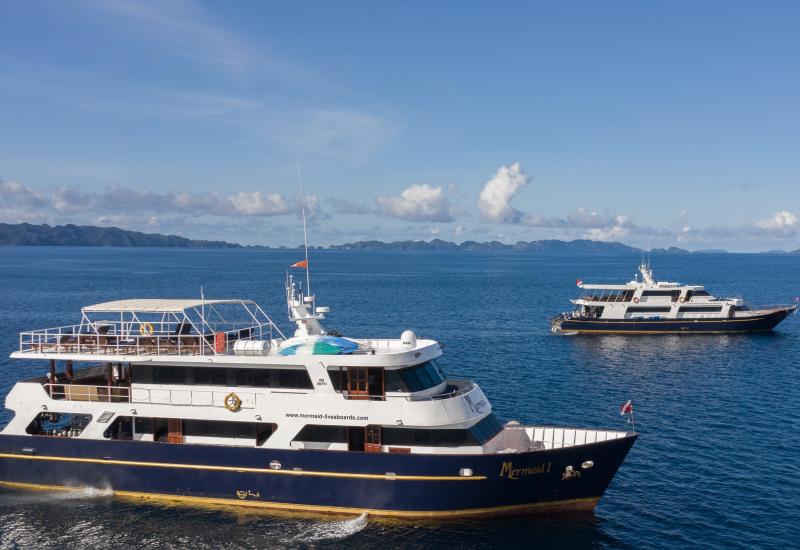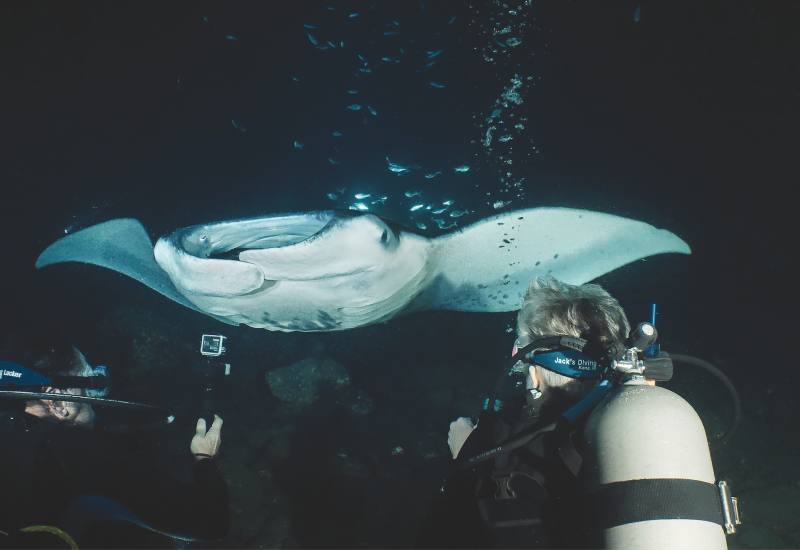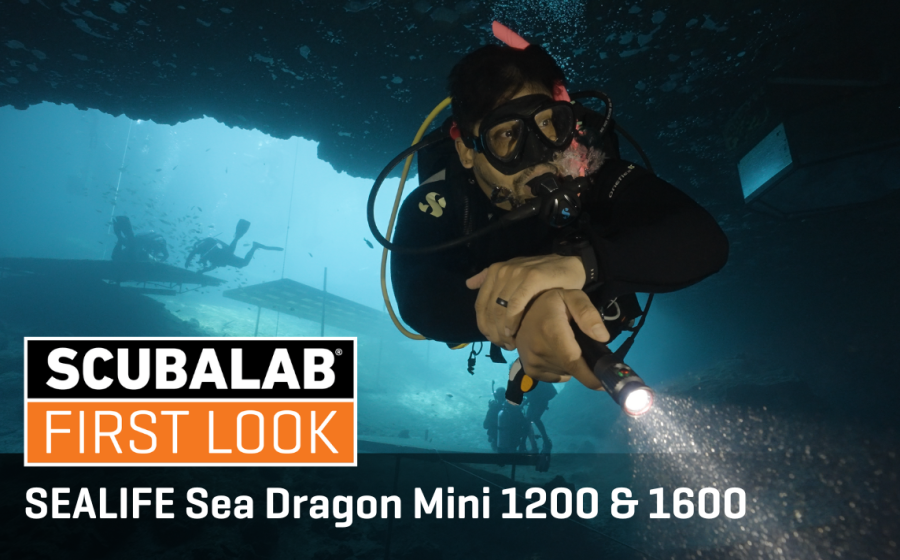A Safe Haven for Mantas

By Deanna Uutela
Photo by Mike Veitch
The current-swept waters surrounding the tiny Pacific Island of Yap, in the Federated States of Micronesia, have long been known to divers as one of the world's richest locations for encounters with Pacific manta rays, and last August, the government of Yap established the world's first-ever manta marine sanctuary to preserve this population of gentle giants. "Man is not chief. The land and waters are chief," says Yap Governor Sebastian Anefal. "We need to protect our waters to protect our way of life and protecting the manta ray and its habitat is the first step in this effort."
Manta rays are currently overfished in parts of the Pacific. Sonja Fordham, shark conservation program director for Ocean Conservancy, says the demand for manta gill rakers, which are used in Chinese medicine, and meat has sparked unsustainable fisheries off Mexico, the Philippines and Indonesia. "Protecting mantas from danger is very important to us," says Yap's Attorney General, Victor Nabeyan. "Manta rays are a treasure for the visitors and the peoples of the State of Yap.'"
The sanctuary waters stretch 12 miles offshore, cover more than 8,243 square miles of ocean and comprise 16 main islands and atolls and 145 islets. Anyone caught catching or injuring a manta within those boundaries will be subject to prosecution. "This new law is great for the state of Yap, and will not affect our diving with the mantas in any way," says Dave Vecella of Beyond the Reef Dive Center in Yap. "In fact, since they are now protected by law, that's a huge advantage to this very precious natural resource."

By Deanna Uutela
Photo by Mike Veitch
The current-swept waters surrounding the tiny Pacific Island of Yap, in the Federated States of Micronesia, have long been known to divers as one of the world's richest locations for encounters with Pacific manta rays, and last August, the government of Yap established the world's first-ever manta marine sanctuary to preserve this population of gentle giants. "Man is not chief. The land and waters are chief," says Yap Governor Sebastian Anefal. "We need to protect our waters to protect our way of life and protecting the manta ray and its habitat is the first step in this effort."
Manta rays are currently overfished in parts of the Pacific. Sonja Fordham, shark conservation program director for Ocean Conservancy, says the demand for manta gill rakers, which are used in Chinese medicine, and meat has sparked unsustainable fisheries off Mexico, the Philippines and Indonesia. "Protecting mantas from danger is very important to us," says Yap's Attorney General, Victor Nabeyan. "Manta rays are a treasure for the visitors and the peoples of the State of Yap.'"
The sanctuary waters stretch 12 miles offshore, cover more than 8,243 square miles of ocean and comprise 16 main islands and atolls and 145 islets. Anyone caught catching or injuring a manta within those boundaries will be subject to prosecution. "This new law is great for the state of Yap, and will not affect our diving with the mantas in any way," says Dave Vecella of Beyond the Reef Dive Center in Yap. "In fact, since they are now protected by law, that's a huge advantage to this very precious natural resource."

